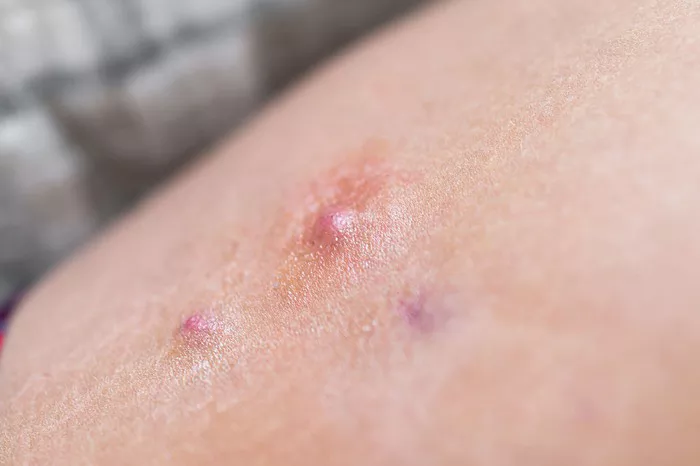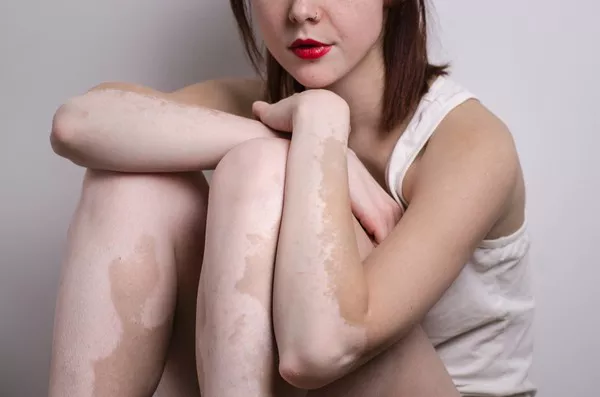Skin conditions can often be misunderstood or misdiagnosed due to their similar presentations. Hidradenitis suppurativa (HS) and boils are two such conditions that share some similarities but have distinct differences in their causes, symptoms, and treatments. Differentiating between these conditions is crucial for proper management and improving patient outcomes.
Understanding Hidradenitis Suppurativa
Hidradenitis suppurativa is a chronic inflammatory skin condition characterized by the formation of painful nodules, abscesses, and sinus tracts, typically occurring in areas with a high density of apocrine glands, such as the axillae, groin, and buttocks. While the exact cause of HS remains unknown, it is believed to involve a combination of genetic predisposition, environmental factors, and immune dysfunction.
Boils: A Common Skin Affliction
Boils, also known as furuncles or skin abscesses, are localized infections of hair follicles or oil glands. They typically begin as tender, red nodules that gradually enlarge and fill with pus, eventually rupturing and draining. Boils are commonly caused by the bacterium Staphylococcus aureus, which enters the skin through cuts or breaks in the skin barrier.
Key Differences in Presentation
While both HS and boils manifest as painful, inflamed lesions on the skin, there are several key differences in their presentation:
1. Location: HS lesions typically occur in intertriginous areas where skin rubs together, such as the groin and axillae, whereas boils can develop anywhere on the body where hair follicles are present.
2. Multiple Lesions: HS often presents with multiple lesions in various stages of development, including nodules, abscesses, and sinus tracts, whereas boils are usually single, isolated lesions.
3. Chronicity: HS is a chronic condition characterized by recurrent flares and the formation of new lesions over time, whereas boils are usually acute and resolve with proper treatment.
4. Scarring and Sinus Tracts: HS can lead to the formation of deep, interconnected sinus tracts beneath the skin, which can result in scarring and disfigurement, whereas boils typically do not lead to sinus tract formation or extensive scarring.
Diagnosis and Differential Diagnosis
Diagnosing HS and boils often requires a thorough clinical evaluation, including a medical history, physical examination, and sometimes, additional tests. In the case of HS, dermatologists may perform a physical examination to assess the extent and severity of the lesions, as well as a biopsy to confirm the diagnosis. Imaging studies such as ultrasound or MRI may also be used to evaluate the extent of involvement and identify sinus tracts.
In contrast, the diagnosis of boils is usually based on clinical presentation, with additional tests such as bacterial culture and sensitivity testing performed if the infection is severe or recurrent. Differential diagnosis for HS includes other conditions that present with similar lesions, such as folliculitis, acne conglobata, and pilonidal cysts, whereas boils may be confused with other skin infections such as cellulitis or abscesses.
Treatment Approaches
Treatment for HS and boils varies depending on the severity of the condition and the individual patient’s response. In general, treatment aims to alleviate symptoms, prevent recurrence, and reduce the risk of complications.
Hidradenitis Suppurativa Treatment:
1. Topical Therapy: Mild cases of HS may be managed with topical treatments such as antibiotics, corticosteroids, or retinoids to reduce inflammation and prevent infection.
2. Systemic Therapy: For moderate to severe cases, systemic medications such as antibiotics (e.g., tetracyclines), immunomodulators (e.g., corticosteroids, biologics), or hormonal therapy (e.g., oral contraceptives, anti-androgens) may be prescribed to control inflammation and suppress the immune response.
3. Surgical Intervention: In cases of advanced or refractory HS, surgical procedures such as incision and drainage, de-roofing of sinus tracts, or wide local excision may be necessary to remove affected tissue and promote healing.
Boils Treatment:
1. Incision and Drainage: The primary treatment for boils involves incision and drainage of the abscess to remove pus and alleviate pain.
2. Antibiotics: In cases of recurrent or severe infections, antibiotics may be prescribed to eradicate the underlying bacterial infection and prevent complications.
3. Warm Compresses: Applying warm compresses to the affected area can help promote drainage and relieve discomfort.
Conclusion
While hidradenitis suppurativa and boils share some similarities in their clinical presentation, they are distinct conditions with different underlying causes, patterns of involvement, and treatment approaches. Proper diagnosis and management are essential for improving patient outcomes and minimizing the risk of complications. By understanding the nuances of these conditions, healthcare providers can better tailor treatment strategies to meet the individual needs of their patients.
Related Topics:
Does Hidradenitis Suppurativa Get Worse During Pregnancy?

























